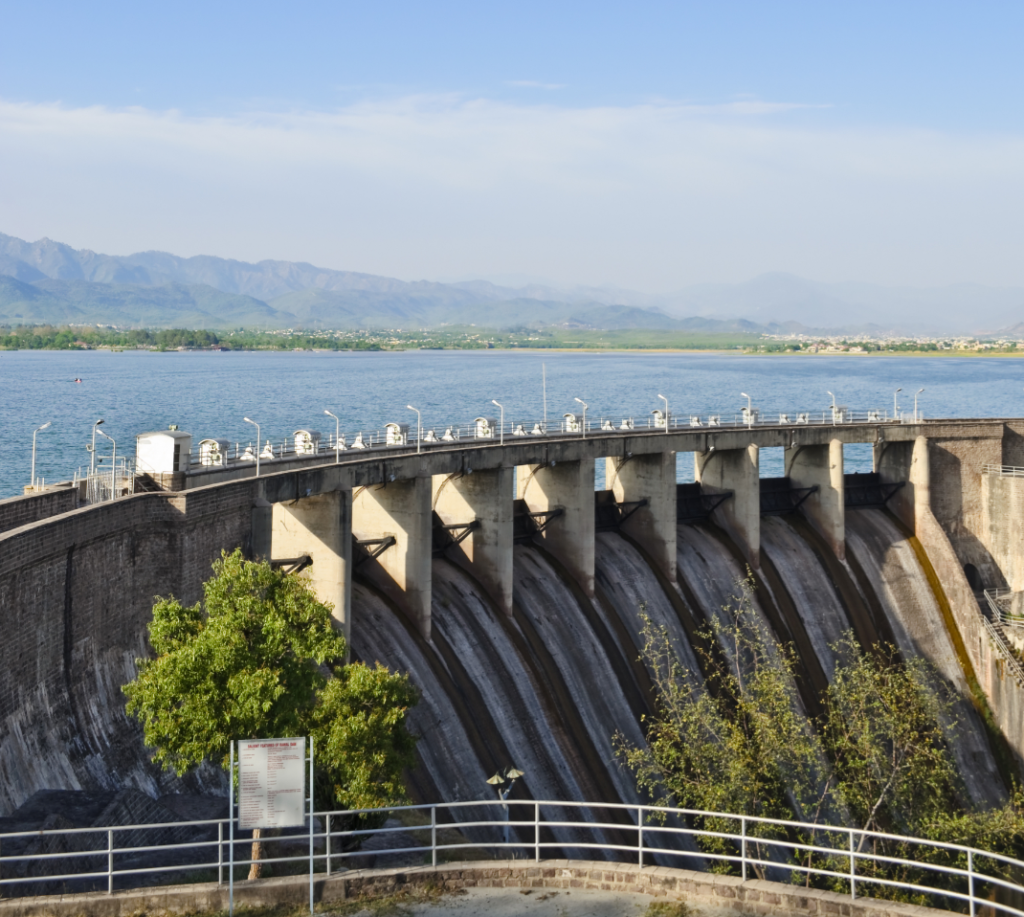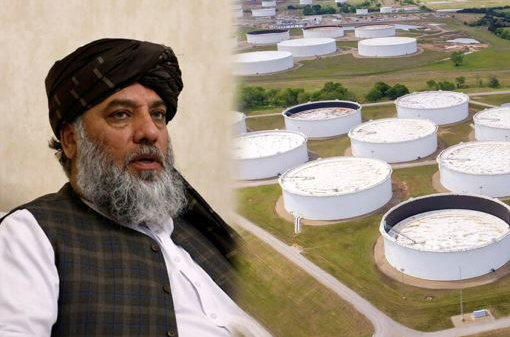Pakistan is teetering on the brink of a significant water crisis, swiftly transitioning from a “stressed” to a “scarce” classification. The annual water availability per person is plummeting below 1,000 cubic meters, an amount that can’t even fill half an Olympic swimming pool. Contributing factors include a burgeoning population, dependence on the Indus River basin, and constrained water storage capacity. The challenge is further compounded by the impact of climate change on both water supply and demand.
While discussions often revolve around the expected decline in the Indus River basin’s water flow due to glacial retreat, evidence suggests stability or even an increase until 2050. Overlooked is the significant impact of climate change on escalating water demand, primarily in agriculture and thermal power production.

Rising temperatures linked to climate change exacerbate water demand, particularly in agriculture and thermal power production. Agriculture, heavily reliant on water, faces increased demand due to higher evapotranspiration rates and declining soil moisture. Similarly, the thermal power production sector requires more water for steam production and cooling as higher temperatures decrease efficiency.
Addressing the immediate threat posed by climate change requires a focus on enhancing water use efficiency. Recent studies underscore the benefits of investing in improving efficiency, especially in the inefficient Indus River Irrigation System. Currently, only a fraction of water flowing through the system reaches farms, highlighting the need for substantial improvements in water management, infrastructure, and regulatory enforcement.
Urgent Steps and Solutions:
To avert water scarcity, Pakistan must take immediate and targeted measures:
- Efficiency Improvements: Promote the adoption of high-efficiency irrigation systems, particularly among smallholder farmers. Infrastructure investments, such as canal upgrades and precision land leveling, are crucial for optimizing water distribution.
- Data and Analysis: Conduct comprehensive research on water demand challenges, focusing on different provinces and sectors. Develop robust water demand data and analysis to inform effective policies.
- Water Pricing: Implement water pricing systems that encourage efficient water use. This includes addressing current inadequacies in pricing and recovery rates, and ensuring revenue covers operation and maintenance costs.
- Climate Change Strategy: Integrate water demand solutions into Pakistan’s comprehensive climate change strategy. Prioritize initiatives that address the immediate and growing water crisis while enhancing resilience to variable water flows and the long-term impacts of climate change.
Challenges and Opportunities in Water Management:
Pakistan faces unique challenges in managing its water resources. About 92 percent of the country is classified as semi-arid to arid, with the majority dependent on surface and groundwater from the Indus River basin. Since gaining independence in 1947, Pakistan’s population has quadrupled, and by 2100, it is projected to increase tenfold. This population surge places immense pressure on water resources, especially since 90 percent of the country’s agricultural production relies on the Indus Basin Irrigation System.
The country’s water storage capacity is limited to a maximum 30-day supply, well below the recommended 1,000-day storage capacity for a country with its climatic characteristics. With water availability per person declining annually and the demand for food production continuously rising, Pakistan is not only grappling with a water crisis but also facing serious concerns regarding future food security.
When examining the implications of climate change on Pakistan’s water resources, the focus often centers on the expected decline in the Indus River basin’s water flow as glaciers retreat. Currently, snow and ice melt runoff contribute between 50 and 80 percent of average water flows in the basin. While climate change is anticipated to bring changes in hydrologic patterns, scientific evidence suggests that the volume of water flowing in the Indus River and its tributaries might remain relatively stable or even increase until 2050.
However, what is frequently overlooked in discussions about water and climate change in Pakistan are the potential impacts of climate change on the country’s growing water demand. Rising temperatures will amplify the agriculture sector’s already substantial demand for water, with increased evapotranspiration rates and declining soil moisture levels. Additionally, the thermal power production sector, a major contributor to the country’s energy supply, is highly dependent on water for steam production and cooling. As higher air temperatures decrease the efficiency of the thermal conversion process, this sector will require greater volumes of water to maintain production levels.
Recent research emphasizes the potential benefits of investing in efforts to improve water use efficiency, especially in the irrigated agriculture sector, where opportunities for improvement are significant. The Indus River Irrigation System currently exhibits large inefficiencies at the canal, watercourse, and field levels. Only about 30 percent of water flowing through the system reaches farms, and farmers at the tail end of the system rarely receive water. Promoting the adoption of high-efficiency irrigation systems by smallholder farmers is a crucial step in improving the situation. Infrastructure investments, including canal upgrades and precision land leveling, can further enhance water distribution efficiency. Simultaneously, there is a pressing need to better understand the water demand challenges facing different provinces and sectors.
To conclude, as Pakistan grapples with its deepening water crisis, a holistic and immediate approach is imperative. The interplay of population growth, dependence on a single water source, and the looming impact of climate change necessitates urgent and comprehensive action. By prioritizing efficiency improvements in water use, investing in infrastructure, and addressing the challenges posed by climate change, Pakistan can forge a path toward a sustainable water future. This not only safeguards its food security, economic goals, and long-term peace and security but also sets the stage for resilient water management practices that will be crucial in the face of evolving climatic conditions.
I am an accomplished graduate of Strategic Studies, driven by a fervent dedication to comprehending global affairs and devising impactful strategies. Equipped with a comprehensive skill set encompassing research, critical thinking, and persuasive communication, I possess a distinctive viewpoint and an unwavering commitment to fostering inclusive decision-making processes. As a versatile individual, I excel in collaborating with diverse groups in various settings, leveraging my strong interpersonal abilities to adapt seamlessly to new environments and surmount any challenges that arise. With a passion for contributing to strategic initiatives, I am eager to leverage my expertise and drive to effect positive change within the field.










